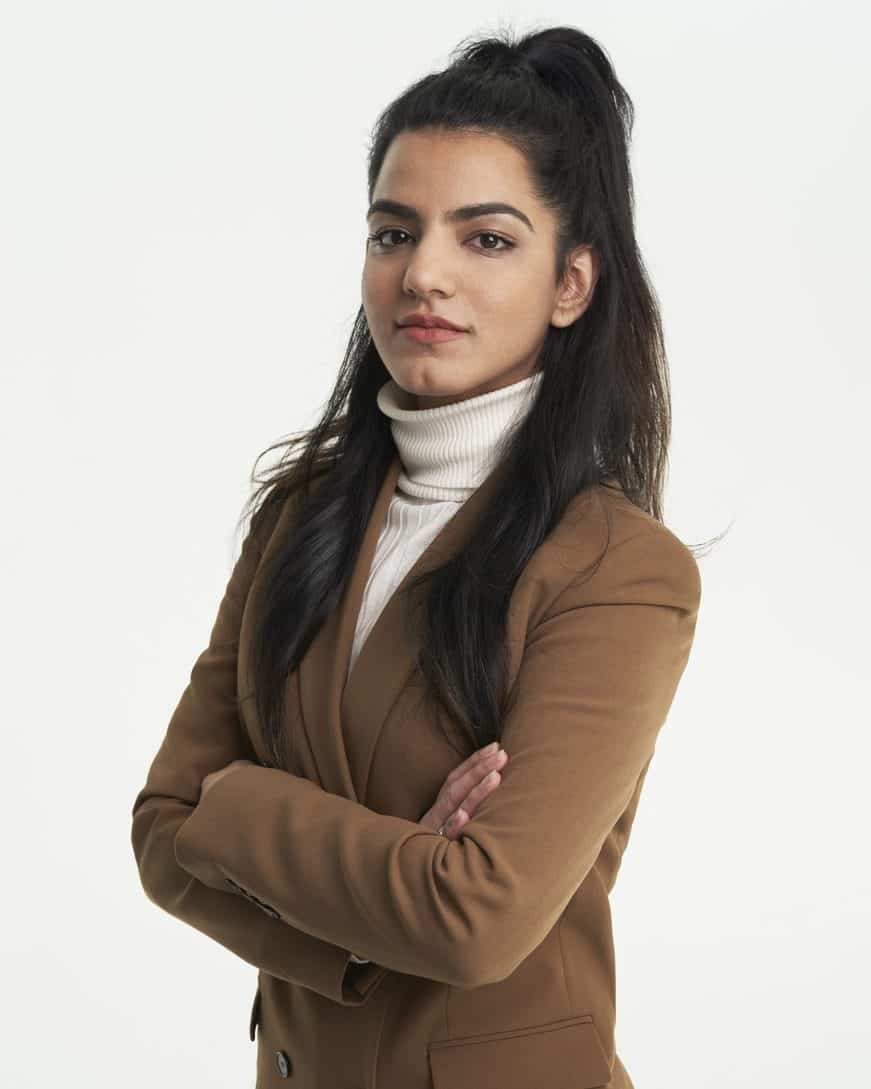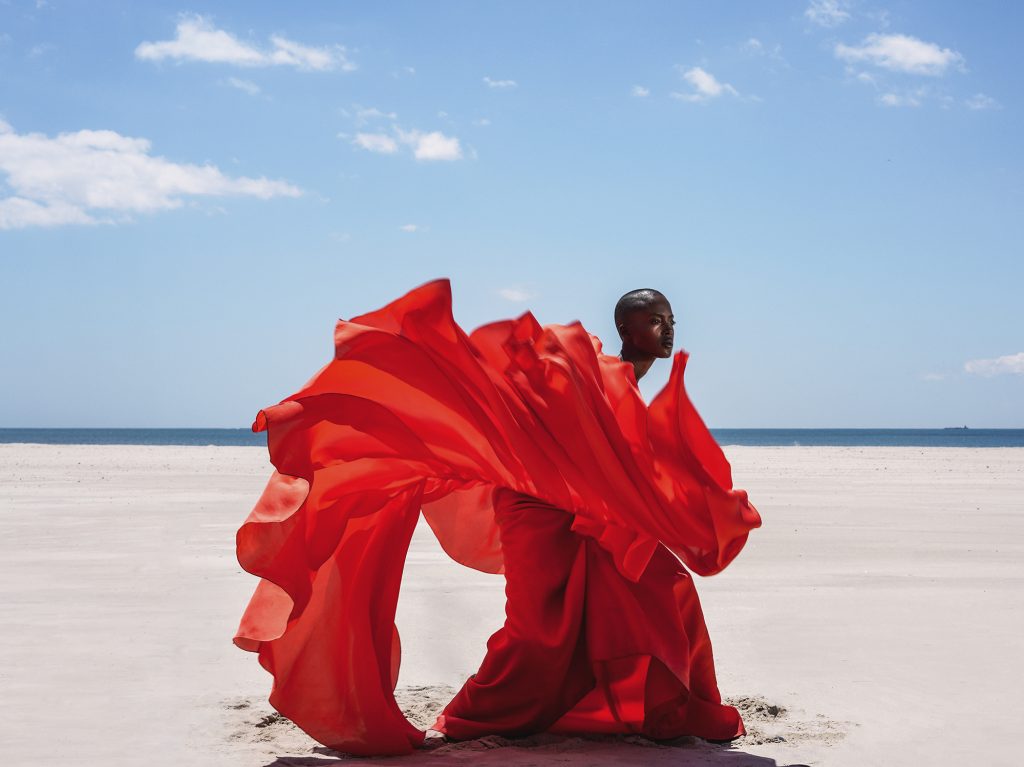PHOTOGRAPHERS MICAIAH CARTER AND QUIL LEMONS TALK INCLUSIVITY


In his recently-released book The New Black Vanguard: Photography between Art and Fashion, curator and critic Antwaun Sargent feature the works of 15 renowned black photographers including Tyler Mitchell, the first African-American to shoot a Vogue cover, Campbell Eddy, Arielle Bobb-Willis, Micaiah Carter, Quil Lemons, and Renell Medrano. Sargent seeks to challenge the notion that blackness is homogenous; his book is deemed a form of visual activism. Historically, black visuals in fashion, film, and art were gauged against an idealized, Eurocentric canon of beauty. The black visual was altered for white consumption, appreciated only if it were palatable to white eyes. e new book features the work of emerging creatives in a variety of contexts and spans several cities: New York, Johannesburg, Lagos, and London. I met with photographers Quil Lemons and Micaiah at Alvin Johnson/J.M. Kaplan Hall in NYC to discuss their new book–a rather fitting venue considering that Dr. Martin Luther King Jr. delivered a speech on the same stage less than 60 years ago.
Micaiah Carter is a 24-year-old photographer from Apple Valley, CA. Inspired by the 1970’s Black Arts Movement, he pays homage to this as well as to the Californian desert where he grew up. “What we see often happening in the industry is that black photographers are assigned only to black models. It’s amazing that I got to shoot people that looked like me, an emerging space where there had been a void. But we can do so much more! I don’t think we should be pigeonholing people like that.” Carter has photographed industry titans such as Missy Elliot, Tilda Swinton, Michael B. Jordan as well as campaigns for Thom Browne and Pyer Moss.
Carter’s close friend and colleague, Quil Lemons, is the 21-year-old boy king of hyper-realistic portrait photography. The New School graduate’s work has been featured by the likes of Vogue, i-D, and Complex. He’s often fondly referred to as ‘GLITTERBOY’ after his series of the same name in which he dusted young black men in glitter, effectively challenging cultural stereotypes as well as calling out the black community’s policing of black masculinity. His work explores themes of family, race, gender, and identity. In the same vein, Carter tells the audience that the book challenges systemic misconceptions of black masculinity. “[The book] is destroying what it traditionally means to be a black man,” he said. “We are turning a mirror on our own community, showing our perspectives in the most honest way we can.”

Lemons’ first series featured the women in his family. “I wanted to take the women in my life and not only showcase the reality of black womanhood but contextualize these images within high fashion.” He regards his work as “relationships contextualized in editorial ways.” The Valentino campaign that he shot featuring his teenaged twin brother is a shining example of this. Lemons doesn’t restrict himself to photographing high fashion models. He routinely shoots unconventional models such as Salem Mitchell, who is 5’4″ and curvy. “Salem once sent me a picture of herself with a banana after being bullied for her freckles. Today she is a household name with a plethora of beauty campaigns under her belt. I want to challenge monolithic ideals of blackness–there’s no one way to be black. Black women are often told that they can’t do certain things with their hair, so I often shoot them in colorful, pastel wigs.” Lemons also underscores the dearth of black creatives in the fashion industry, thus the urgency for this book. “A lot of people think that there’s just this one stellar Black photographer shooting with eight disparate lenses. Me, Micaiah, Tyler are all the same person. I’ve actually been asked if I was Tyler Mitchell. And I was like no, man, Tyler is six feet two.”
Kimberly Jenkins, an educator at Parsons School of Design, specializes in the socio-cultural and historical influences behind clothing. Jenkins’ debuted the “Fashion and Race” course at Parsons in fall 2016 and has worked as an educational consultant to Gucci, supporting their efforts on cultural awareness and sensitivity. She agrees with Lemons and Carter that young black creatives should keep striving, especially in a system that’s against them. “It’s like walking a tightrope without a safety net, a very audacious move. My advice would be to know your allies, the intentions behind magazines and to ask yourself, how safe is this space? What are we doing to protect and preserve these images?”
Lemons shares a poignant story. “I’m the only person making art for a living in my family. Someone in New York once told me that I shouldn’t attend [The New School] and would have to drop out after my freshman year because I wouldn’t be able to afford it. Nor could I necessarily afford the equipment needed. So, I shot GLITTERBOY by taping a red sheet to the 13th street dorm entrance. You make do with what you have, and you make your own space. It’s a very black thing to do.”
How can we create spaces that didn’t exist, in ways that are restorative? The New Black Vanguard is definitely a step in the right direction.








